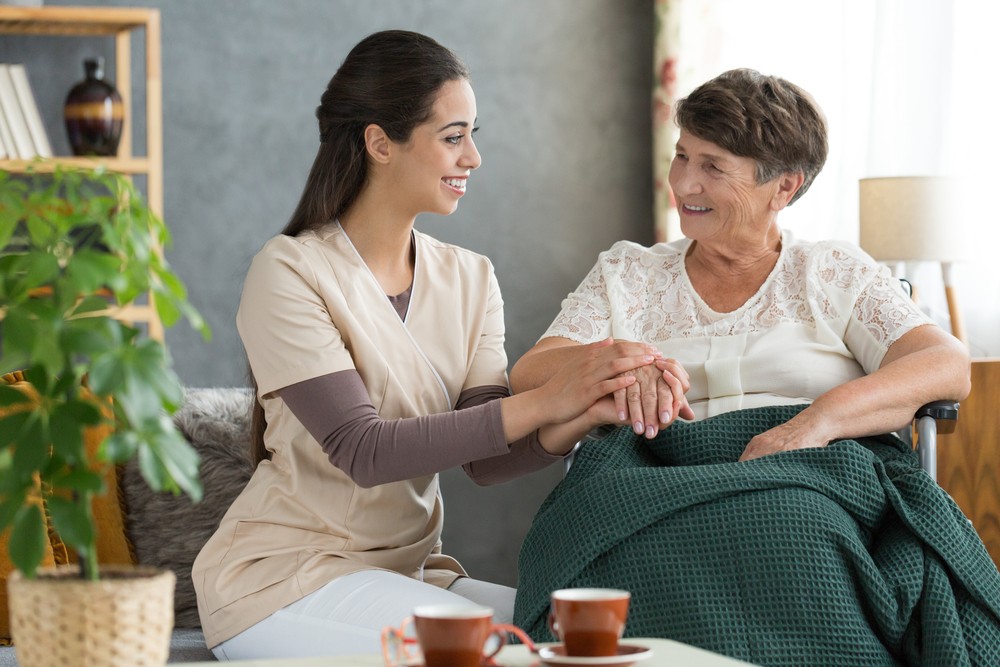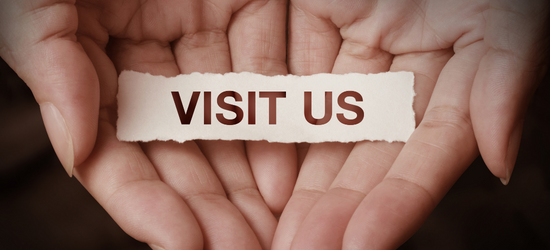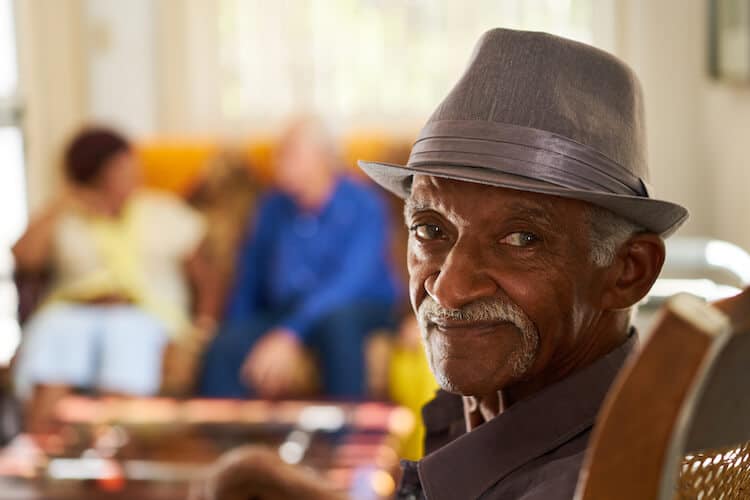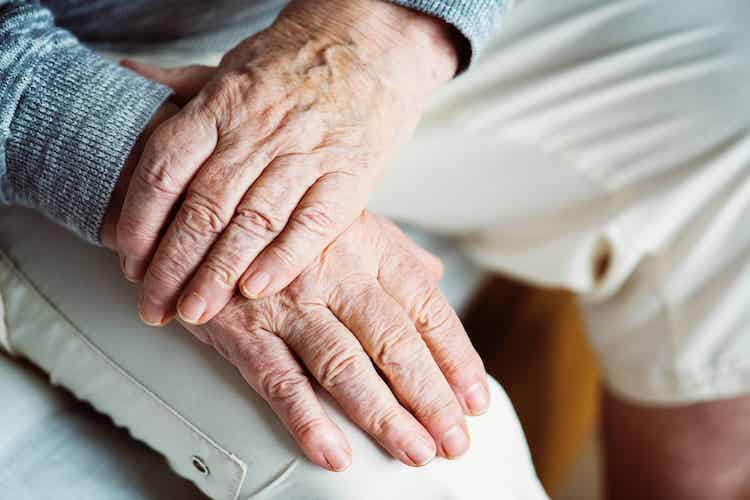What Is Post-Stroke Rehabilitation and How Does It Help?

Recovery from stroke can feel like a Herculean effort, requiring physical, mental and emotional fortitude to regain the abilities that have been compromised. Post-stroke rehabilitation offers the compassionate support and guidance stroke survivors need to recover. Through this therapeutic process, stroke survivors can regain function and return to as much independence as possible.
Understanding Post-Stroke Rehabilitation
Post-stroke rehabilitation promotes recovery, helping stroke survivors regain function as fully as possible. The effects of a stroke can vary, depending on the part of the brain that’s been damaged, so rehabilitation programs are based on the individual needs of each stroke survivor. Generally strokes can cause five types of disability:
- Paralysis or difficulty controlling movement, such as problems swallowing, or loss of voluntary movement in one side of the body.
- Sensory disturbances, including pain, numbness or tingling in affected limbs.
- Aphasia, or problems using and understanding language.
- Cognitive disabilities that affect memory, learning and awareness.
- Emotional disturbances, including fear, frustration, anger, sadness, grief and depression.
With the support of a multidisciplinary rehab team, stroke survivors engage in repetitive practice of the skills that have been impaired in order to regain function and learn adaptive strategies to compensate for any remaining disabilities.
The Rehab Team
Rehabilitation generally begins in the hospital as soon as the patient is stable. Once they’re well enough to be released, the patient’s medical team and discharge planner can help identify the best next step. Some stroke survivors are discharged back home, where they may need considerable support with daily activities and transportation to outpatient rehab appointments. Others go to post-stroke rehabilitation centers. There, a multidisciplinary team offers 24/7 support and creates a customized rehab program to help patients reach their recovery goals and return home as quickly as possible. Typically, post-stroke recovery involves the coordinated efforts of a variety of professionals, including:
- Physicians, to direct the recovery plan and prescribe any medications that are necessary to treat pain or other conditions.
- Rehabilitation nurses, who help stroke survivors perform activities of daily living (ADLs), like dressing, bathing and grooming, and can suggest strategies for managing health conditions such as incontinence. They can also educate caregivers and work with stroke survivors to reduce the risk factors that could lead to another stroke.
- Physical therapists, who work with survivors to regain physical function, often using post-stroke rehabilitation exercises to improve movement, balance and coordination.
- Occupational therapists, who specialize in improving motor skills and helping stroke survivors relearn the skills required for routine daily tasks, like preparing meals, driving or cleaning house. They can teach adaptive techniques, like wearing clothes with hook and loop closures rather than buttons, that make daily life easier and recommend safety precautions, such as installing grab bars in the bathroom.
- Speech therapists, to address any issues with communication and swallowing. They can also work with patients to help with social strategies to compensate for language difficulties.
A Warm Welcome at Monticello West
For stroke survivors who decide that they’d benefit from the maintenance-free lifestyle of a senior living community, Monticello West offers a cozy environment, warmhearted staff members and several living options, including independent living, assisted living, enhanced assisted living and memory care. Contact us to learn more or to schedule a visit.
You Are Invited to Experience Our Community!





